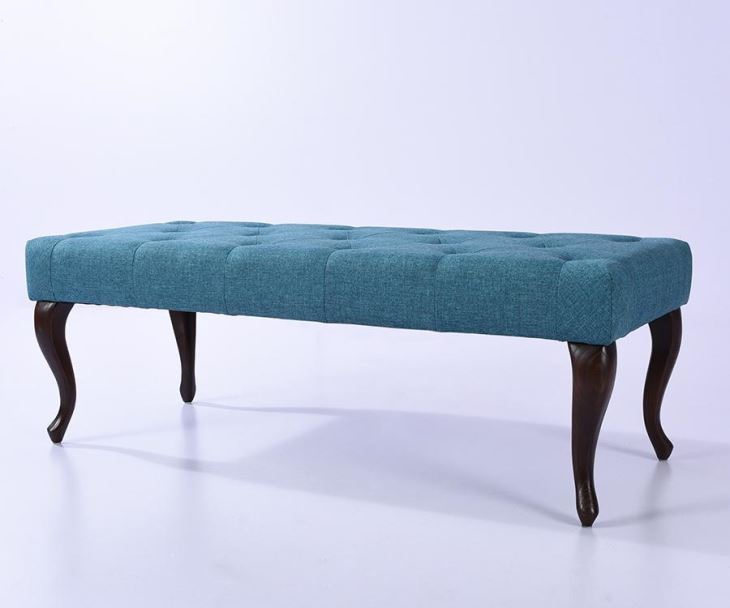- Apr 25, 2025-
In the realm of interior design, every element serves a purpose—whether functional or aesthetic. Among these elements, footstools often go unnoticed, yet they play a crucial role in completing the look of any room. As a minimalist lifestyle advocate, I have always appreciated the subtle yet significant impact that footstools can bring to a space. They are not just simple stools; they are design pieces that add both functionality and style to your home decor.
In this blog post, I will explore the importance of footstools in modern home design, focusing on how they enhance comfort and elevate the aesthetic appeal of any room. From their practical use as additional seating to their role as decorative accents, footstools are versatile additions that every minimalist should consider.

Footstools serve a variety of purposes in a home setting. Primarily, they provide an extra seat when needed, making them ideal for small spaces or areas where guests may need seating. However, their functionality does not stop there. They can also be used as a platform for placing drinks, snacks, or even as a place to rest your feet while lounging.

For those who embrace minimalist design, footstools offer a practical solution without compromising on style. Their simple yet clean lines fit seamlessly into spaces that prioritize functionality and aesthetics.
Beyond their functional role, footstools can also be used as decorative accents in a room. A well-designed footstool can add a touch of elegance to any space, serving as a conversation starter or a focal point. Their compact size makes them easy to place anywhere—whether it's beside a chair, at the end of a bed, or in a hallway.
When choosing footstools for your home, it is essential to consider both form and function. A good design will blend seamlessly with your existing decor while offering the comfort and support you need.
The material and design of footstools play a significant role in their overall appeal. From wood to metal, each material offers a unique aesthetic that can complement different interior styles. For instance, wooden footstools bring a warm, natural feel to a room, while metallic options add a touch of modernity.
In minimalist design, simplicity is key. Therefore, choosing footstools with clean lines and neutral tones is ideal. These elements ensure that your footstools blend harmoniously with the rest of your furniture without overwhelming the space.
While aesthetics are important, comfort cannot be overlooked. A good footstool should provide the right amount of support and comfort for its intended use. Whether you're using it as an additional seat or a place to rest your feet, the design should cater to your needs.
When selecting footstools for your home, consider their height, width, and depth. These factors will determine how comfortable they are and whether they meet your functional requirements.
Investing in high-quality footstools is essential if you want them to last for years. Durable materials and sturdy construction ensure that your footstools remain in excellent condition over time.

To maintain their appearance, regular cleaning and polishing are recommended. This simple care routine will keep your footstools looking as good as new and enhance their longevity.
Footstools are more than just functional pieces; they are integral elements of modern home design that add both style and comfort to any space. When chosen thoughtfully, they can elevate the aesthetic appeal of a room while serving practical purposes.
If you're looking for footstools that combine functionality with style, I recommend exploring options like the Footstools-SM-7082m [http://idochair.com/footstools/footstools-sm-7082m.html], Footstools-ST-7082l [http://idochair.com/footstools/footstools-st-7082l.html], and Footstools-ST-7080l [http://idochair.com/footstools/footstools-st-7080l.html]. These designs offer a perfect blend of simplicity, style, and comfort, making them ideal for minimalist spaces.
Remember, every detail in your home tells a story. Make sure your footstools contribute to a narrative of sophistication and functionality.
References: 1. Interior Design Basics: A Comprehensive Guide by Jane Doe 2. The Art of Minimalist Living by John Smith 3. Modern Furniture Trends 2023 by Emily White